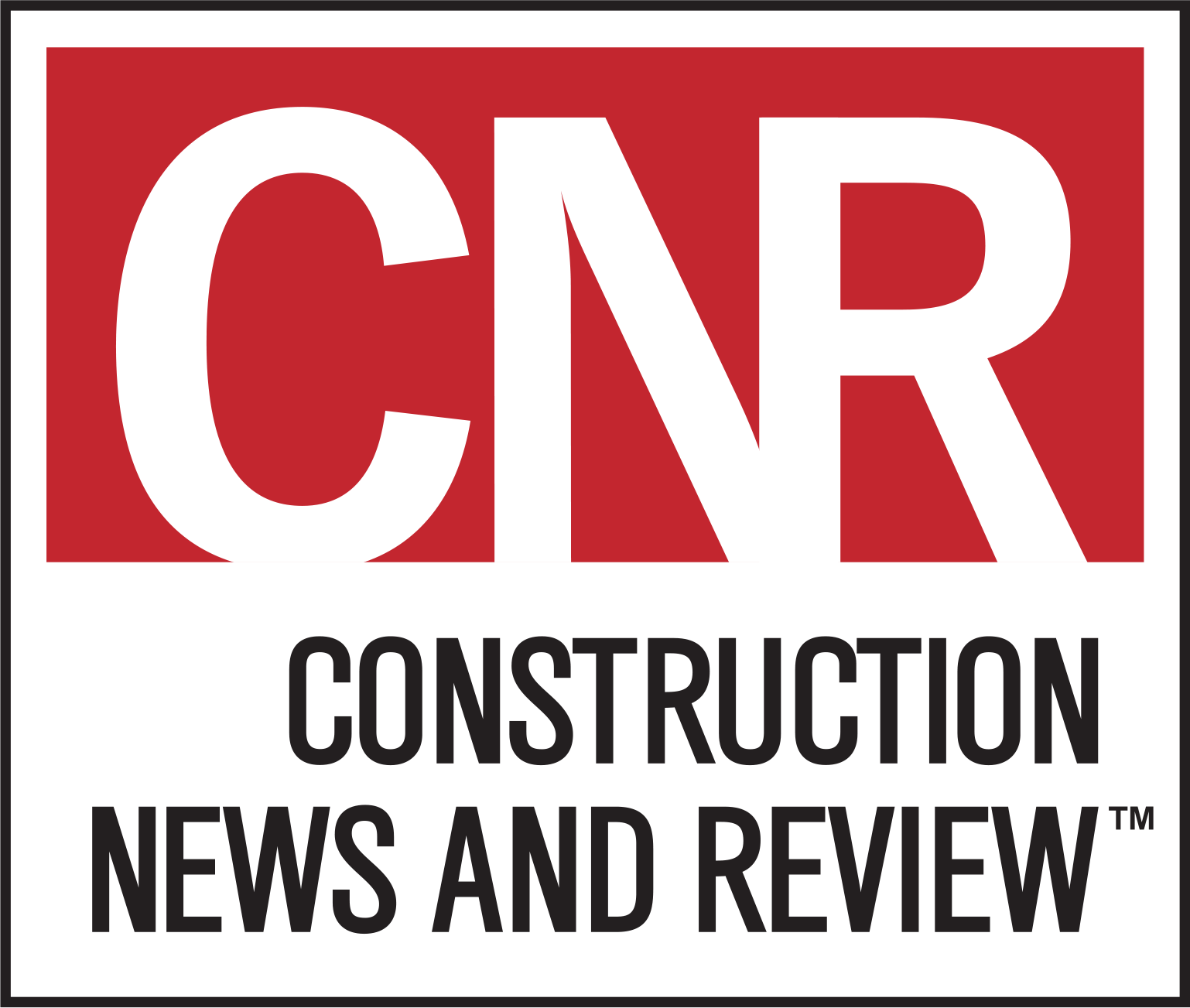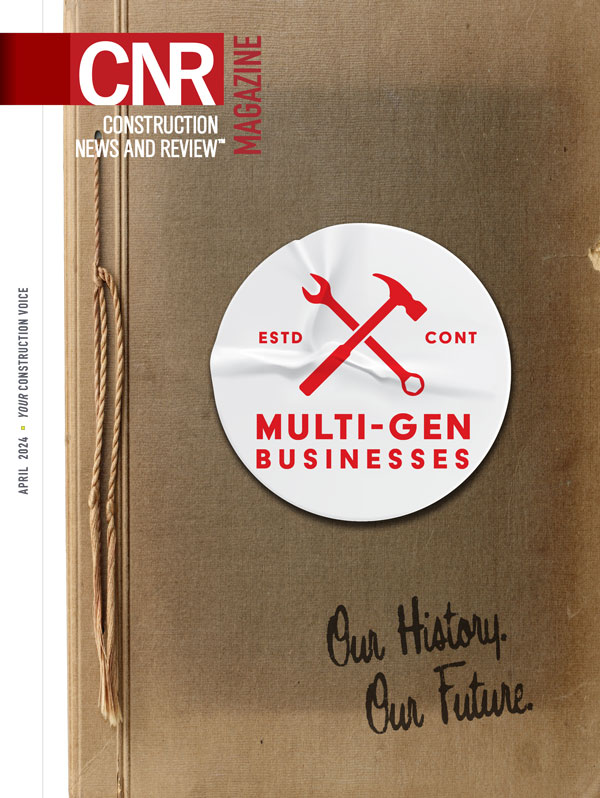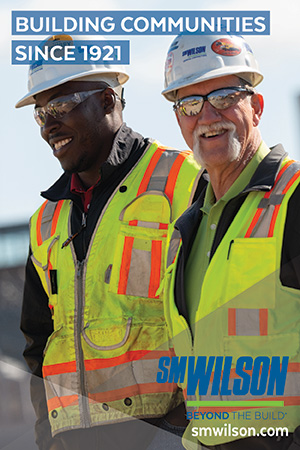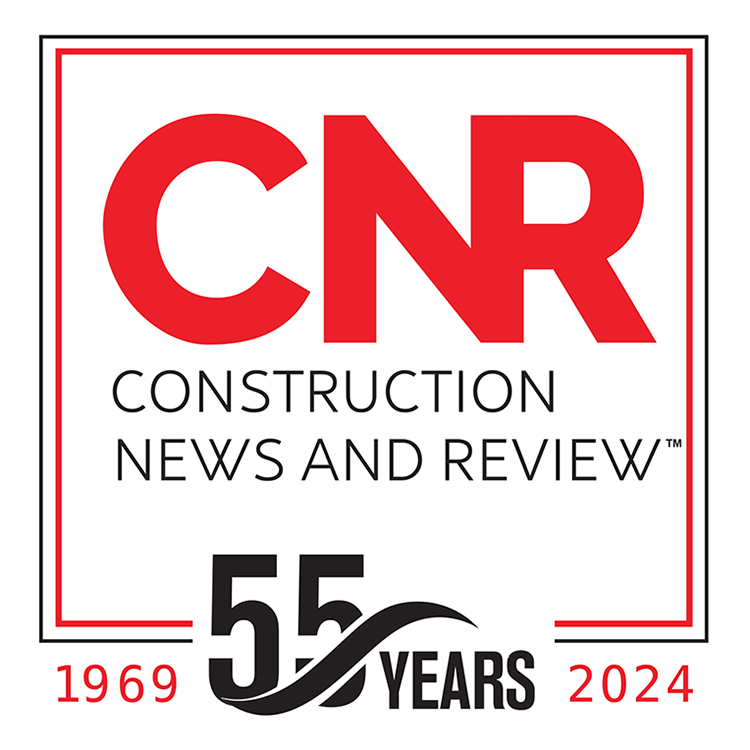Exploring the 20-Minute City
By LAUREN MORENO
Living locally is what the whole idea of a 20-minute city is based around.
In short, the 20-minute city is the notion that everything you may need is a 20-minute walk from your home; this includes shopping and work. It is centered around the idea of living locally and helps foster the growth of communities. This concept would help boost and support local business and encourage public and active transportation.
When laying our plans for a neighborhood, the Victorian Government has specific hallmarks and guidelines that would help forming these communities. Those hallmarks include safe, accessible and well connected for pedestrians and cyclists to optimize active transportation (1), introduce high quality public realm and open spaces (2), provide services and destination that support local living (3), facilitate access to quality public transport that connects people to jobs and higher order services (4), deliver housing and population at densities that make local services and transport viable (5) and facilitate thriving local economies (6). All of these guidelines align with the UN’s goals for sustainability. Included in these guidelines are specific goals for this community – which include eliminating food deserts, supporting neighborhood schools, reducing carbon emissions and expanding government services/emergency services.
The 20-minute city is the model for the future when it comes to communities. Not only does it help boost local economies, but it is incredibly eco-friendly. This model community has been predicted to improve health and air qualities; this is a result of human powered modes of transportation, walking and cycling. The American Association of State Highway and Transportation Officials has emphasized that mobility investments for sidewalks and bike infrastructure create more jobs, thus further boosting the economy. Another major aspect that helps boost their economy in these communities are shopping plazas. The concentration of multiple shops makes them easier to access and allows for inclusion and supports sustainable economic development. While this seems like the most ideal community, there are some flaws to take into account. The main flaw being the spread of social inequalities; this is a result of there being limited high paying jobs within the community meaning residents would have to travel more than 20 minutes to find a higher-paying job. Minus this obstacle, the 20-minute city is the way of the future.
A major city that has made great efforts to convert and evolve into a 20-minute city is Eugene, Ore. I had the pleasure of discussing this with Terry Harding who works in the planning and development department for the city of Eugene. My discussion with him helped shed some light on the process. For Eugene, this has been more than a decade in the making and the city is now drafting policy to implement this into its variance so this can become permanently a part of its city. When it comes to the social inequality that can be found within 20-minute cities, Harding explains that there are new state directives that help ensure more equitable outcomes. In Eugene, this concept is well received and the residents praise the livability and walkability of a 20-minute city. As previously mentioned, Eugene has realized job increases in Eugene as a direct result of the municipality’s decision to implement the 20-minute city. Another important concept to note is that the 20-minute city has been a great engagement tool for the city. All in all, Eugene is a great blueprint and example for other cities looking to implement the 20-minute city.
Lauren Moreno is a communications associate with BOMA International, working to research and cover emerging trends across commercial real estate.
Fresh Content
Direct to Your Inbox

YOUR CONSTRUCTION VOICE IN ST. LOUIS AND BEYOND
Join CNR Magazine today as a Content Partner
As a CNR Content Partner, CNR Magazine promises to support you as you build, design and engineer projects not only in and around St. Louis, but also across the U.S. CNR is equipped and ready to deliver a dynamic digital experience paired with the top-notch, robust print coverage for which you’ve always known and respected the magazine.




